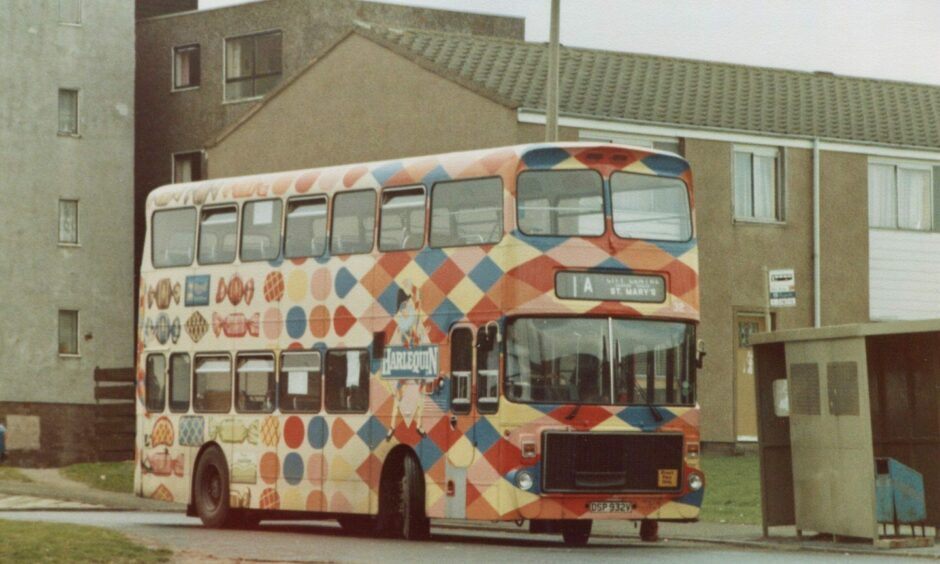
Overall advertisements arrived on Dundee buses in March 1973.
Advertisers and the transport businesses would utilise as many areas on the vehicle as they could to persuade shoppers to part with their hard-earned cash.
The businesses would get a great return on their investment, as the public would see their message over and over again and often buy into whatever the ads were selling.
Bell’s Whisky and McEwan’s Export were among the main advertisers at that time and were hand-painted, before technology advanced that brought along pre-printed vinyl.
Advertising on conveyances can be traced back as far as horse-drawn buses.
You would see adverts being shared with the masses for tea, whisky, cigarettes, chewing gum and banking in the 1940s, 1950s and 1960s.
Following in Glasgow’s footsteps
Although Glasgow had been the first in Scotland to introduce all-over advertising on buses, in March 1972, it would be another 12 months before Dundee followed suit.
Derek Simpson has penned three illustrated books about the history of the city’s bus scene – from the demise of the trams to the inception of Tayside Region in 1975 and up until the sell off to National Express.
Derek said: “The practice of using overall advertisements on buses to promote businesses and the like did not come to Dundee until the early 1970s.
“Operators in other parts of the country had been quick to see the revenue-earning potential, as had advertisers who could see the benefits of the mobile advertising.
“Many operators had buses that advertised major brands, such as Carlsberg, Ladbrokes and Unipart, as well as more local businesses.
“London Transport famously had one of their buses in a tartan livery to advertise Younger’s Tartan Special, all the way through to more obscure ones for such things as Everton Mints, Dinky Toys – even Y-fronts.
“Dundee Corporation’s initial approach was a far more mooted affair, choosing a local business as opposed to a more national name.
“The first bus to appear, in March 1973, was a Daimler Fleetline with an overall advert for Charles E Spalding Limited, which was effectively an estate agency, based in Broughty Ferry.”
Maximum exposure on busy routes
Signwriter Brian Robertson painted the advert after joining Dundee Corporation Transport Department in the early ’70s and quickly became a true master of the craft.
Derek said: “In those days many bus advertisements were hand painted, tailored to the customer’s need.
“Also, it made sense for the bus to be allocated to routes that would cover most of the city so that maximum exposure was had.
“The bus was initially allocated to the Menzieshill to Downfield service.
“The next was for Big J Homecare, which had premises on Clepington Road.
“The Queen’s silver jubilee was celebrated in 1977 with a bus being painted silver with advertising promoting Bell’s Scotch whisky.”
The bus lasted two years in this condition, until it was repainted back into fleet livery.
December 1979 would see Ailsa 131 in an overall white advert for Landmark Furniture Warehouse and in May 1980 Ailsa 127 was advertising Diamond Heavy beer.
Derek said: “Thereafter, Dundonians over the years will have seen overall advertisement buses on the streets promoting such diverse things as Wimpy burgers through to the Boys’ Brigade and Girl Guides anniversaries.
“Perhaps the most colourful one was to promote Terry’s Harlequin chocolates.
“This must have been a painter’s nightmare, given all the different colours and shapes.
“Alcoholic products, such as beer and whisky, provided quite a few overall adverts but cigarettes never featured.
“Perhaps one of the more eclectic adverts was for the Hare-Krishna movement with the words ‘call out GOURANGA, be happy’ in the mid-90s.
“Mostly double deck buses have been used but occasionally advertising like this has cropped up on single-deck buses as well.
“Occasionally the bus company itself would use buses to promote their own ticket offerings that did bring a bit of colour to the city’s streets.
“From the mid-80s a trend developed of rear-end adverts, which, of course, was cheaper than painting the whole bus and was also a place that provided the advertiser with a captive audience – particularly if the bus was stuck in traffic or the driver was following the bus.”
Do you remember the Smirnoff advert?
In later years, instead of painstakingly painting each detail, signs could be made of vinyl, which was introduced to the industry in Dundee in the late-80s.
Around that time, the sign industry was changing and painting by hand was slowly being written off as an archaic trade of the past.
Hand lettering in Dundee was become scarcer too.
Derek said: “This speeded the process up, meaning less downtime for the bus, and it resulted in the adverts tending to be more product specific, usually a well-known brand, and only applied for a shorter time.
“Smirnoff Vodka probably had the most memorable advert that showed the rear of a London Routemaster bus in the shape of a bottle.
“Very eye catching, if not a bit confusing for a driver!”
There is no questioning Derek’s enthusiasm for the vehicles.
He has collected 10,000 photographs of the city’s fleet during his lifetime, which illustrate the transport enthusiast’s nostalgic series across three books.
Thankfully, it’s not the end of the line and Derek will be taking another drive down memory lane after starting work on a fourth book.
Derek concluded: “Buses have been integral to the development of Dundee and have played a part, large or small, in everybody’s life.
“Whether that be providing access to education, employment or even just visiting granny, the chances are that everyone has used a bus at some time in their lives.
“The fact of life is that if these details and stories are not documented they will be lost forever as the generations move on.
“The bus evoke memories, everyone will have a tale to tell so being able to formally record Dundee’s transport history for future generations is a privilege.
“The books’ popularity is not just restricted to enthusiasts, as everyone loves a bit of nostalgia and the chance to reminisce.”
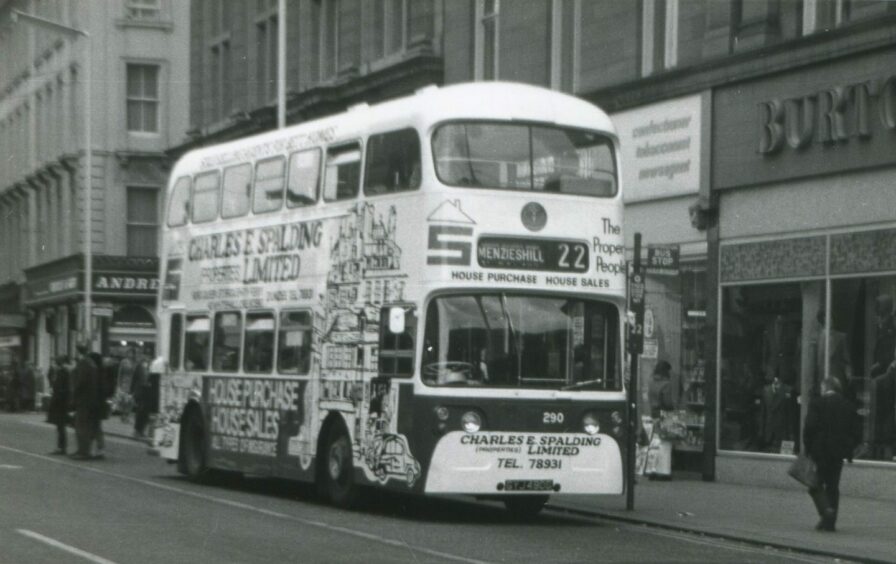

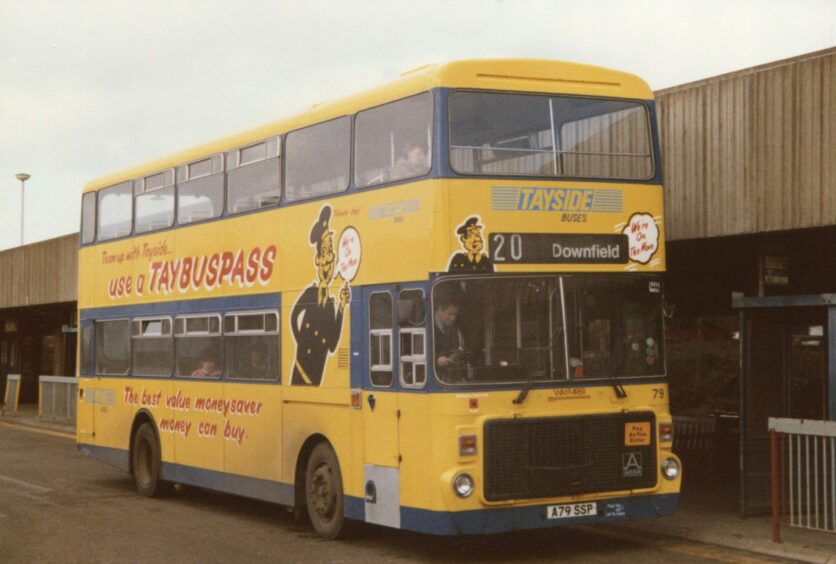
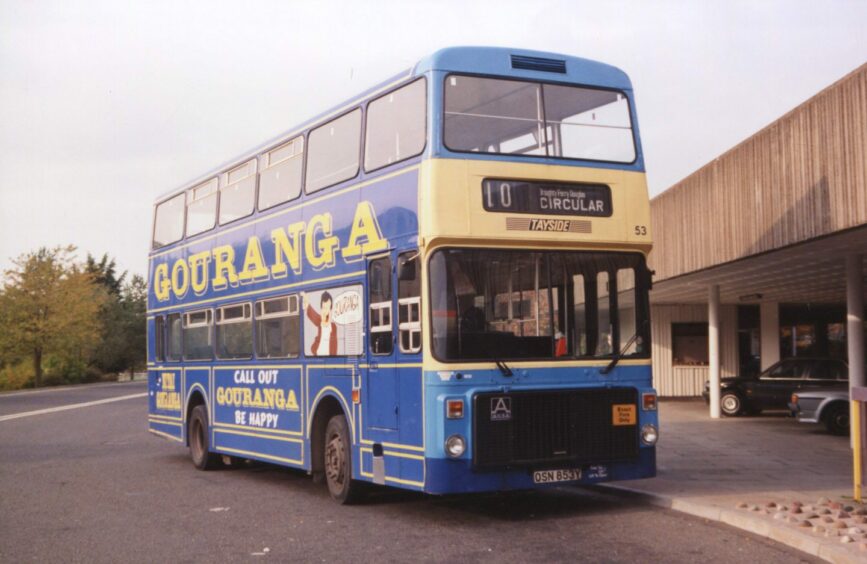
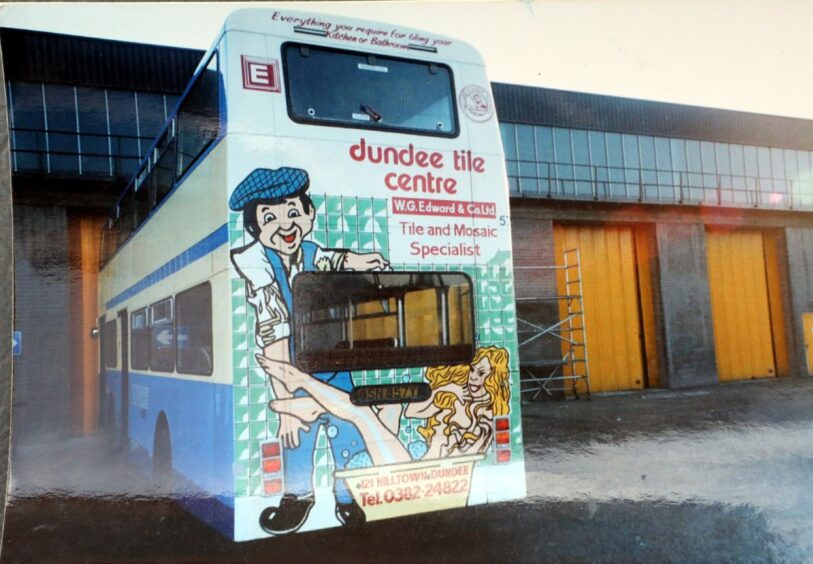
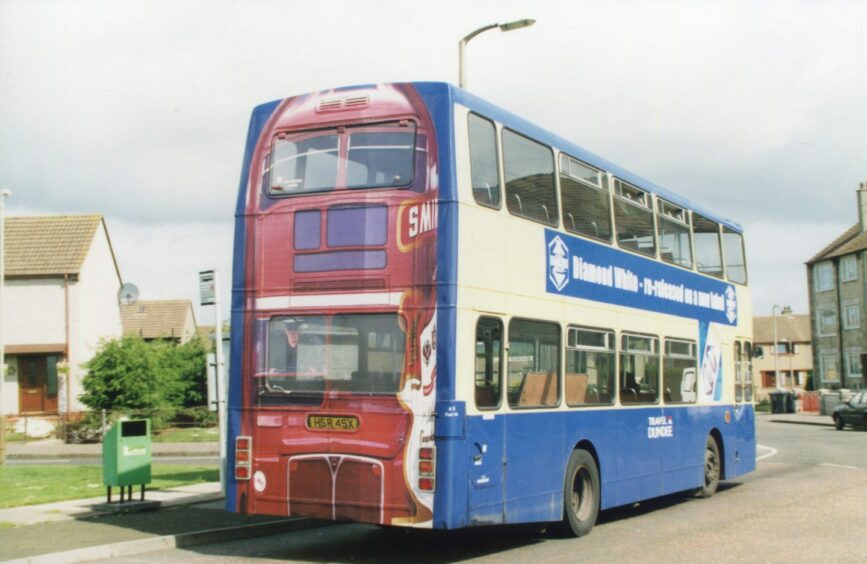
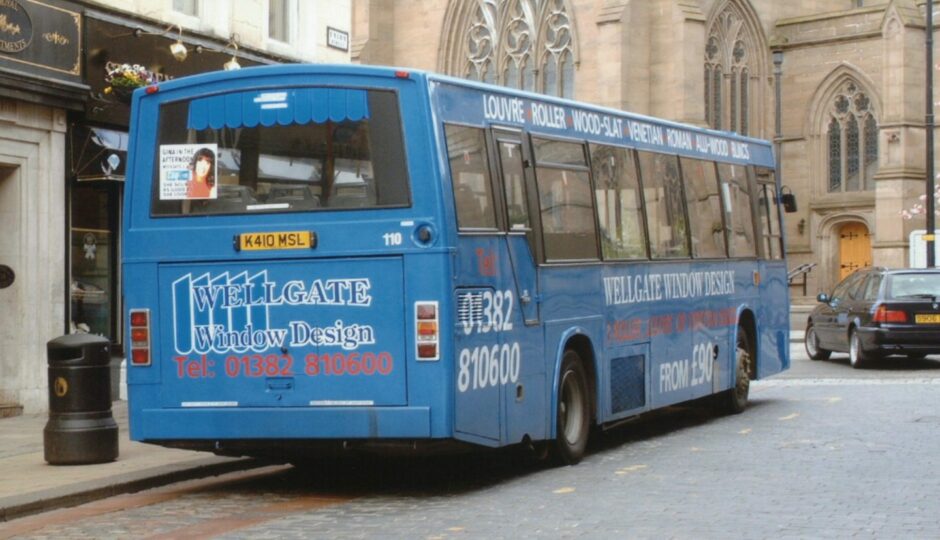










Conversation